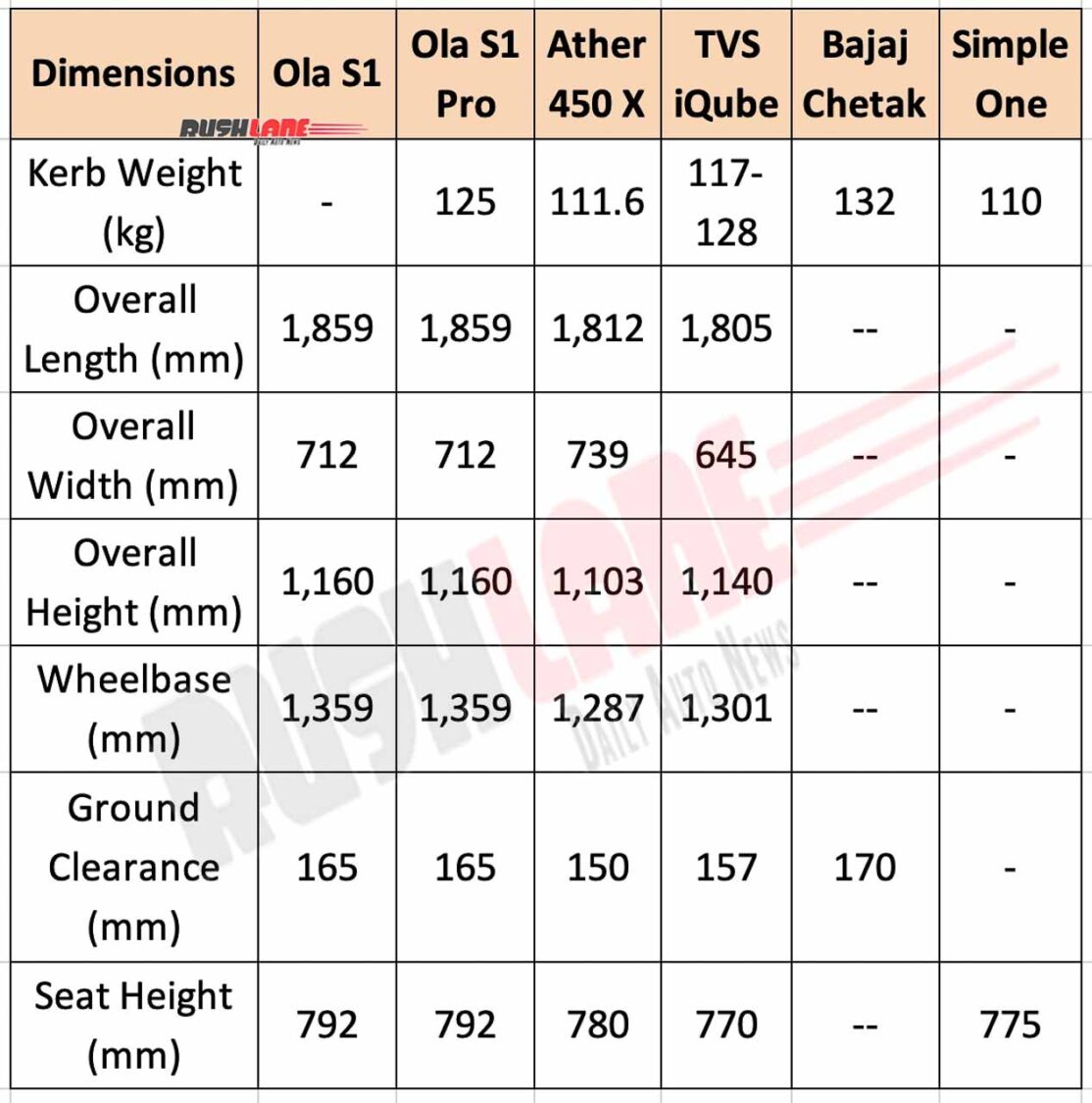Ola S1 gets the same frame, body, design, most of its features, and other hardware as the pricier S1 Pro

We all know that Ola has had one of the most successful electric scooter lineups. When we say lineups, we mean S1 and S1 pro electric scooters that were supposed to launch on 15th August last year. But when reality struck, Ola resorted to just launching S1 Pro and slating S1 for another date. Ola did this in an attempt to first sell its flagship feature-loaded product to create a baseline and to draw more customers.
That another date came exactly a year after S1 Pro was launched in India and in yesterday’s event, S1 was launched. Due to rise in production costs, Ola S1 Pro now costs around Rs. 1.4 lakh depending upon the city and state government subsidies. So, a Rs. 1 lakh electric scooter was paramount for Ola as competition from Ather, TVS, Chetak and Simple Energy is intensifying by the day. Hence Ola S1 launched.
Heck, even Honda is coming to this electric scooter segment with an Electric Activa. Honda’s entry into this segment will definitely disrupt it. Because of its battery swapping tech, Honda’s electric scooter would cost significantly less as batteries are rented and not owned. Also, the battery can be swapped to a fully charged one in a minute.
Ola S1 Vs Rivals
At a passing glance, S1 is virtually indistinguishable from S1 Pro. But S1 Pro gets a large 3.9 kWh battery while S1 only makes do with a 3 kWh pack. The motor on both is still the same and makes the same 5.5 kW continuous power and 58 Nm torque. But with the smaller battery, range is also reduced. S1 can now cover 141 km while S1 Pro is certified with 181 km. This is nothing when compared to up to 300 km (claimed) on Simple One. Both iQube and 450X gen 3 offer around 140 km certified range while Chetak only gets 95 km.

Despite the arrival of Simple One, both S1 and S1 Pro still make the highest continuous power of this comparo at 5,500W. Followed by Simple One at 4,500W and Chetak at 3,800W. Ather with 3,300W continuous power, is just below 3,000W of iQube. When it comes to peak torque, though, Simple One absolutely decimates its rivals with 72 Nm. Followed by 58 Nm with both S1 and S1 Pro, 33 Nm of iQube, 26 Nm of 450X gen3 and lastly, we have Chetak with just 16 Nm.

When it comes to flexing battery sizes, there’s no beating Simple One and iQube as both of their battery packs cross the 4 kWh mark. Simple One gets a 3.3 kWh fixed battery as well as an optional removable 1.5 kWh battery too taking the total capacity to 4.8 kWh. Top-spec iQube gets a fixed 4.56 kWh battery. Followed by S1 Pro with 3.9 kWh, 450X gen 3 with 3.7 kWh. While both Chetak and S1 get a 3 kWh battery pack.
Speed & Specs
The comparo doesn’t end there. Even though the Simple One has the most torque, it is not the fastest. That crown still goes to Ola S1 Pro which can touch 115 km/h. Then comes Simple One with 105 km/h followed by S1 with 90 km/h, iQube with 82 km/h, while both 450X gen3 and Chetak can touch 80 km/h.

When we look at the weight, Chetak is the heaviest at 132 kg, followed by iQube with 128 kg, both Ola S1 and S1 Pro weigh around 125 kg and then comes 450X weighing at 111.6 kg and Simple One being the lightest at 110 kg. Of this bunch, Chetak seems to be the most uninspiring as it doesn’t get any gizmos that others get and also is lagging behind rivals in almost every aspect. Prices for EVs vary from city to city and state subsidies which vary across states. Visit the company’s websites for final pricing.






